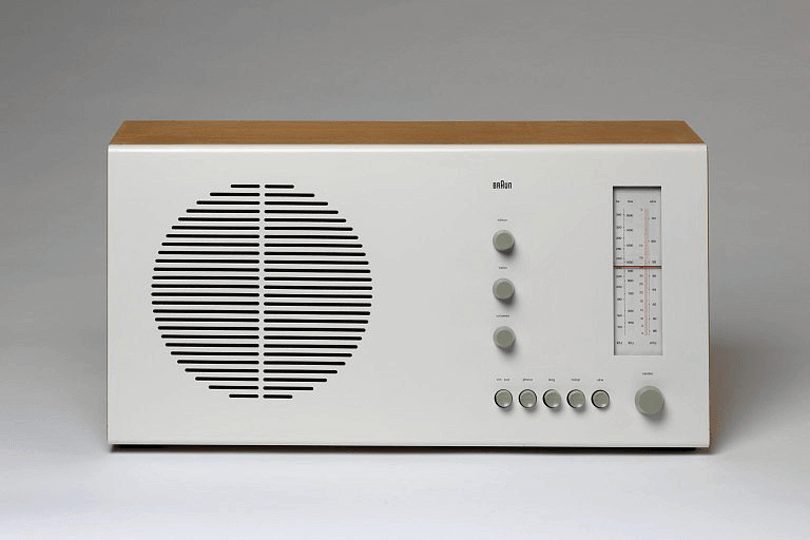Design Philosophy #1: Design intuitively
Japanese industrial designer Naoto Fukasawa questions why users need to think about how they interact with their devices - shouldn't it be instinctive?
After all, seamless user experiences are born from connected interactions between a person and an object, a user and an interface. Naoto hits the nail on the head with his philosophy of thinking and designing intuitively.
Naoto's 'Without a Thought' design philosophy states that design should not make the user work. Designers should observe users' subconscious behavior and how they typically interact with digital products. Only then can they design solutions that users can interact with instinctively.
Design Philosophy #2: Designers are not users
This design philosophy is taken from FatDUX's web dogma, devised by world-renowned information architecture theorist, Eric Reiss.
The Web Dogma is a set of guidelines for digital products that transcend ever-changing fashions and technological developments.
What does Erik mean by this? Essentially, designers should not design for themselves, but for the user. Of course, web and UX designers must have enthusiasm for what they are building. But that doesn't mean they should take their own design assumptions as gospel.
As user experience guru Jakob Nielsen tells us, 'designers are not users' and they should not rely on their assumptions about what the user wants or needs. To avoid designing with bias and truly improve the user experience, designers must get to know their users.
Test, test and test again!
Design Philosophy #3: Function over form
“My aim is to omit everything superfluous so that the essential is shown to the best possible
advantage.”– Dieter Rams
Dieter Rams is a leading member of the functionalist design movement. A long-time industrial designer, Dieter created his first product in 1955 for Braun. He has inspired a generation of designers with his design philosophy 'function over form'. His designs are driven by the purpose of the object, rather than its aesthetics – seeking to achieve design purity through reduction and restraint.
To make something that people want to use, it has to be useful. As Dieter puts it, "good design emphasizes the utility of a product while disregarding anything that could possibly detract from it." No matter how pixel-perfect your interface is, make sure it works.





